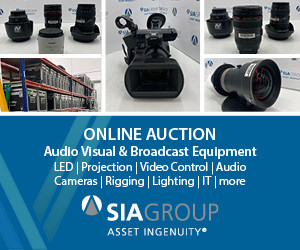3D Film-making Goes Independent
James Cameron and Sky TV have stolen the stereoscopic 3D limelight. Events such as football cup finals and royal weddings have seemingly been produced with no expense spared in order to show 3DTV at its best. The Ryder Cup, for example, employed an incredible 21 3D Polecam rigs, supplementing the main camera systems. Beyond the world of Hollywood a...


















